Prof. Nitzan Bichacho
CV / Bio
Nitzan Bichacho, D.M.D. holds the post of expert in prosthodontics at the rank of Professor, at the Faculty of Dental Medicine, Hebrew University and Hadassah, Jerusalem, Israel.
He is a Faculty Member of the Departments of Oral Rehabilitation of both dental faculties at the Hebrew University in Jerusalem and at Tel Aviv University, Tel Aviv, Israel.
He is Past President and a Life Member of the European Academy of Esthetic Dentistry (EAED) and serves on the editorial boards of leading international dental journals.
Prof. Bichacho is a co-inventor of the Nobel Active Implant System, the V3 implant system and is the conceptor of prosthetic clinical techniques that have become widely used around the world.
Prof. Bichacho publishes and lectures worldwide in the fields of dental implant therapy, fixed prosthodontics, interdisciplinary treatments and innovative treatment modalities in esthetic dentistry.
The Bichacho Clinic in Tel Aviv focuses on interdisciplinary treatments, collaborating with world renowned colleagues and dental technicians.
Lecture: Towards a biologically-oriented esthetic implant restoration. Where do we stand?
In order to achieve a natural-looking result of artificial implant restorations, we must analyze the operative site and plan for a long term healthy integration of the restorative complex and the implant fixture within the surrounding living tissues.
At the smile zone our primary goal is also to obtain natural-looking peri-implant soft tissue embracing a natural-looking functioning crown.
The accumulated insights over the last 20 years on bone and tissue response (and alterations) around implants, enable biologic-based implementation of different surgical and restorative approaches, so that the abutment-crown complex has more chances to blend in with the surrounding tissue and the dentition in complete health and harmony. Unfortunately, this goal is not always predictable and achievable.
In this presentation, surgical and restorative approaches will be demonstrated through clinical cases, to enable a comprehensive understanding of the present limitations and the various options available today to maximize the successful results of implants-based restorations especially at the smile zone.
